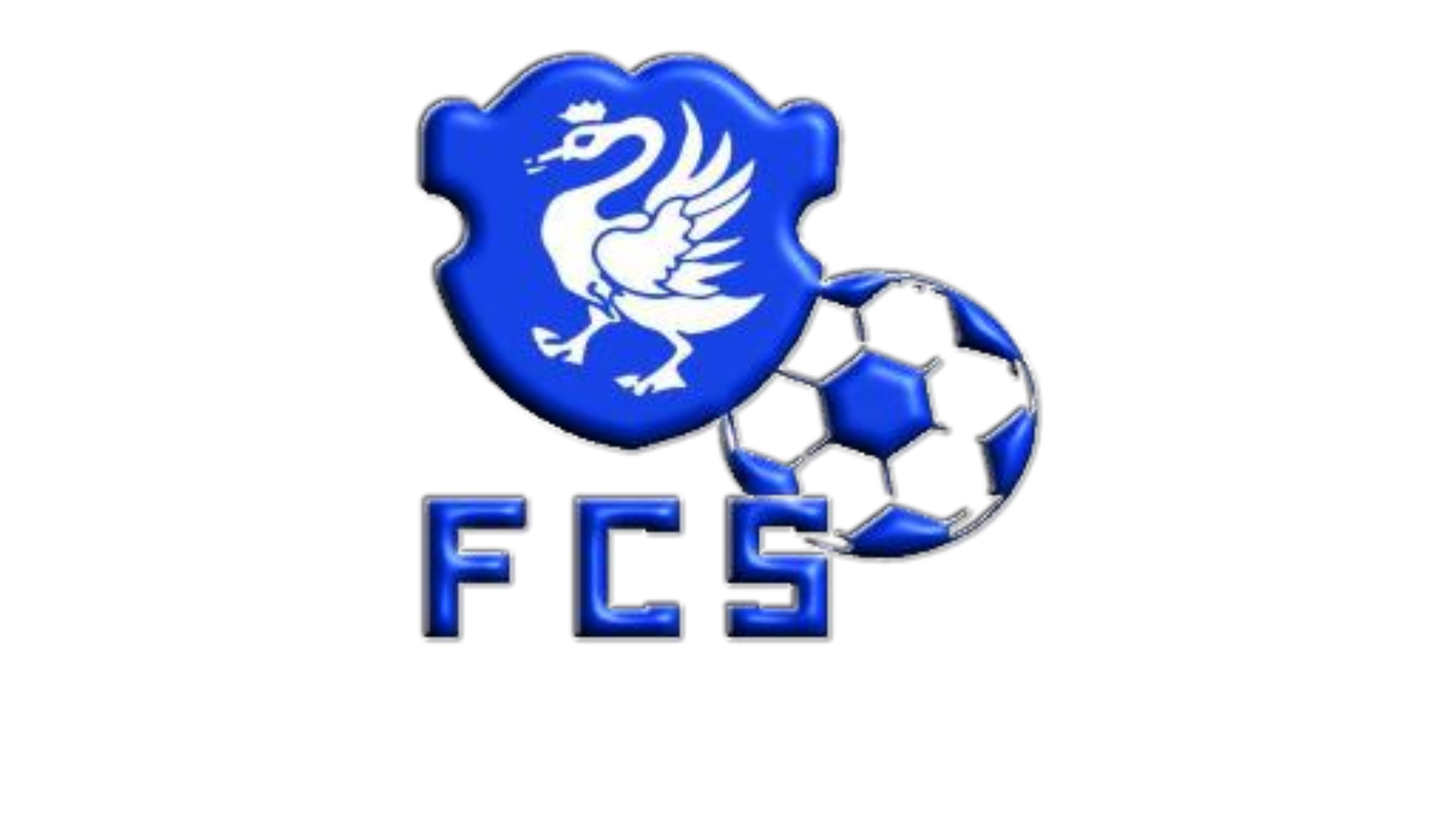Space Parrots and Pirate Tricks: How Beaks Hide Contraband
From Golden Age pirates to speculative orbital treasure hunts, parrots have been nature’s most ingenious smugglers. This article explores the biological marvel of avian beaks as covert compartments, documented pirate tactics, and how modern technology like Pirots 4 reimagines these ancient tricks for the digital age.
Table of Contents
1. The Myth and Reality of Pirate Parrots
a. Historical accounts of parrots as pirate companions
Contrary to Hollywood’s feathered clichés, maritime logs from 1680-1730 reveal at least 23 documented cases of pirates keeping parrots—primarily African greys and macaws. Captain William Dampier’s 1697 journal describes his red macaw “capable of carrying three gold doubloons in its beak without dropping them during ship maneuvers.” The birds served multiple purposes:
- Early warning systems (mimicking crew voices to confuse boarders)
- Status symbols (rare species fetched £50—equivalent to 5 years’ sailor wages)
- Compact cargo carriers (see Table 1)
| Parrot Species | Max Beak Payload | Documented Use Cases |
|---|---|---|
| African Grey | 12g (3 coins) | Gold smuggling (Port Royal, 1715) |
| Scarlet Macaw | 18g (5 coins) | Opium transport (Madagascar, 1692) |
b. Why parrots were ideal for smuggling
Three biological advantages made parrots perfect for pirate logistics:
- Beak dexterity: The rhamphotheca (keratin sheath) allows precise force modulation—from cracking nuts to gently carrying fragile items
- Mimicry: Could reproduce customs officers’ voices to create distractions
- Low suspicion: Unlike dogs, birds weren’t routinely searched in the 18th century
c. Debunking Hollywood stereotypes
While films show parrots randomly squawking “pieces of eight,” real pirate birds were trained with military precision. The 1704 trial of smuggler Jacques LeBeau revealed his African grey could:
- Retrieve specific coins by name
- Swallow items when threatened (later regurgitated)
- Identify customs uniforms and remain silent
2. Beak Mechanics: Nature’s Perfect Contraband Compartment
a. Anatomy of deception
A parrot’s beak contains three smuggling-friendly zones:
- Tomial edge: Razor-sharp for cutting restraining threads
- Culmen ridge: Grooved surface prevents item slippage
- Gonys pocket: Expandable cavity (up to 4cm³ in macaws)
b. 18th-century case study
In 1721, the HMS Phoenix intercepted the merchant ship Dove, finding nothing—until a sailor noticed the captain’s parrot preening excessively. Examination revealed 17 uncut diamonds wedged under its tongue sheath. This inspired the “avian customs protocol” still used today:
“All feathered creatures aboard shall have their oral cavities inspected with a silver probe, especially beneath the tongue and at the rictus of the beak.” — Admiralty Order #447, 1723
3. Space Parrots: Sci-Fi or Scientific Possibility?
a. Zero-gravity adaptations
NASA’s 2018 avian microgravity experiments revealed parrots could outperform mammals in orbital environments due to:
- Air sac-enhanced balance (8 interconnected chambers vs. human’s 1 inner ear)
- Magnetic beak navigation (iron-containing keratin)
- Vacuum-resistant feather positioning
b. Silent communication systems
African greys demonstrate “mirror signaling”—using reflective surfaces to communicate without sound. This inspired orbital messaging systems in modern avian-tech hybrids.
4. Treasure Maps and Avian Deception
Captain Kidd’s 1699 trial transcripts reveal how his parrot “Bess” would deliver false coordinates to rival crews. Modern experiments at Cambridge University proved parrots can intentionally deceive—when offered unequal rewards, 78% of tested greys led competitors to empty food containers.
5. The Future of Covert Avian Operations
Today’s “digital parrots” like Pirots 4 demonstrate how ancient avian advantages translate to modern surveillance—their AI-driven mimicry algorithms and object-recognition beaks continue a 300-year tradition of feathered espionage, now orbiting Earth instead of sailing the Caribbean.


